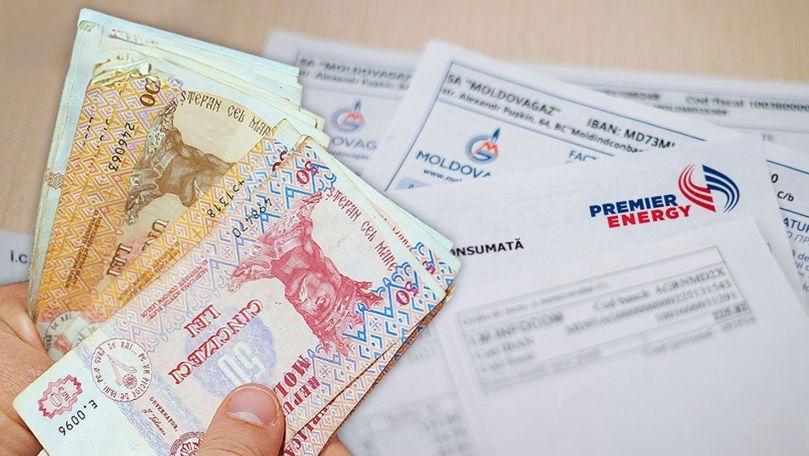In cyberspace we are in a continuous war and, although we are talking about millions or billions of cyber attacks we do not see, which is a problem of perception, because we don't see them coming, Andrea Rigoni, senior fellow within the Transatlantic Security Initiative at the Scowcroft Centre for Strategy and Security of the Atlantic Council, told the Bucharest Cybersecurity Conference (BCC2025) on Tuesday.
"Resilience is a key concept. In Europe, we have regulations on resilience. Drones are giving us headaches at night all over Europe. Technically speaking, drones are not a major threat to aviation safety, but they are extremely visible. We hear about airports being closed, and the headlines are full of doomsday scenarios about what could happen, but have you ever heard of an airport being closed because the equivalent of a drone was discovered - a malicious code, maybe linked to a not-so-friendly country, like Russia or something? The analogy is complicated, isn't it? Because we don't have the senses trained to understand the digital domain. We don't see the digital space at all. We only see screens... There is a digital converter for audio and video that transforms the digital version of an image into something that our eyes can perceive. That's a big problem. Because every time we talk about the digital domain, we are actually talking about an analog image of (...) To make an analogy, in cyberspace we are in a continuous war. I am not saying it, NATO officials are saying it. While in other areas we are in the pre-conflict phase, in the digital dimension we are already in full war," Rigoni stressed.
In the expert's view, in digital space visibility over the enemy is limited.
"We only see numbers. This is a problem of perception. You don't see the enemy coming. What I mean by this image is that the way we approach cybersecurity now is as if companies were in the trenches. Yes, they get some support - and not just a little support - from technology providers. They get "weapons", sensors, information from governments, satellite images. But it's still not enough. Most of the effort falls on the shoulders of the "soldiers" in the trenches. Cyberspace, if we compare it to the physical space, is fragmented. There are millions of trenches. Who is passionate about the Internet knows that we're talking about domains, borders, protocols that allow networks to communicate, but they're all different trenches. First of all, we don't have the senses to help us understand the complexity of the digital space," Andrea Rigoni pointed out.
He added that he is "a little skeptical" when "he hears about plans to build huge cyber armies or cyber defence services."
"A few years ago, Dick Clark, considered one of the founders of national cyber security strategies and policies and the first to define cyber defence doctrine, wrote an excellent book. I think many of his ideas are still valid today. NATO renamed the important domains: land, sea, air, cyberspace and outer space. So, digital space is the fourth domain, but Clark's book is about the "fifth domain." His main idea, which I support, is that in the digital domain offensive operations do not work, as has been demonstrated. We should invest much more in resilience, and in Europe we are working a lot on this," the Atlantic Council representative pointed out.
The National Cyber Security Directorate (DNSC), with the support of the National Coordination Centre of Romania (NCC-RO) and the National Association for Information Systems Security (ANSSI), is organizing, from October 6 to 9, the 2025 edition of the Bucharest Cyber Security Conference (BCC2025).
The National News Agency AGERPRES is one of the media partners of the event.































Comentează